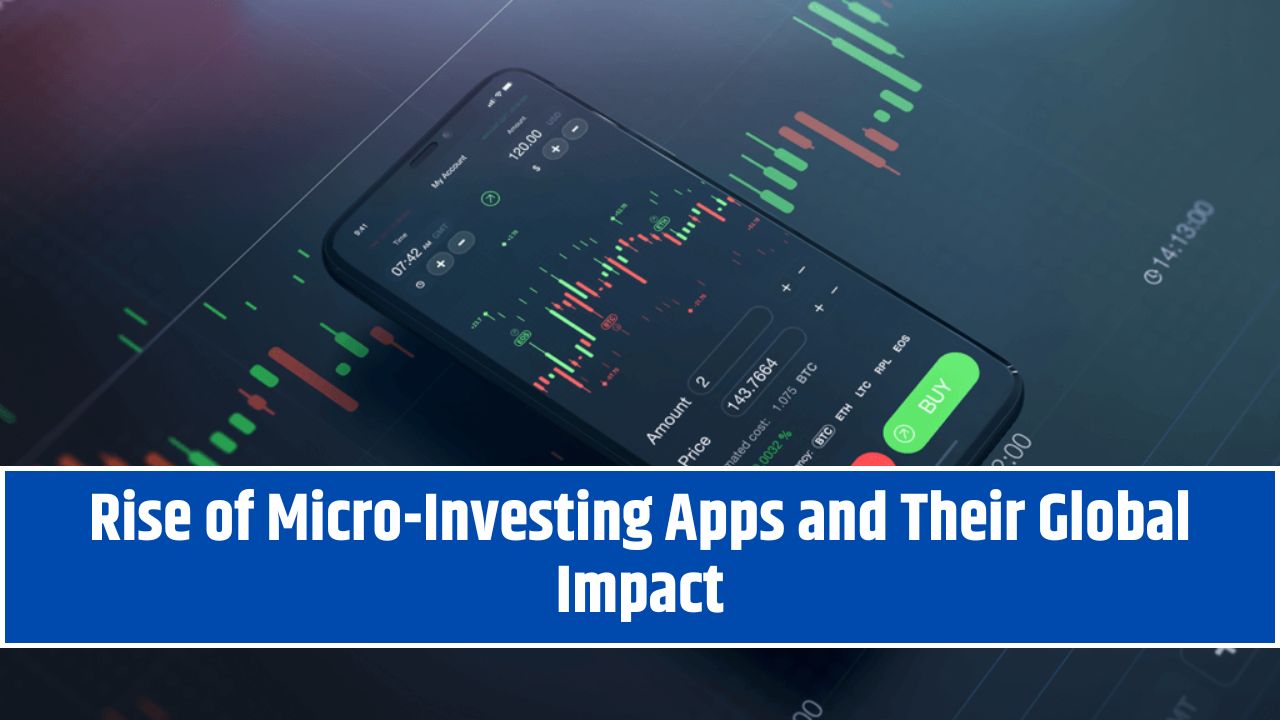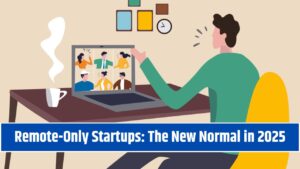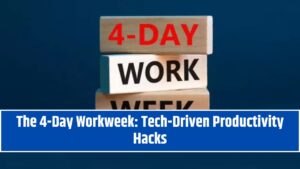Once upon a time, investing felt like a rich person’s game.
You needed a stockbroker, capital with at least three zeros, and a weird obsession with financial news. For most people? Investing was intimidating, confusing, and completely out of reach.
Then came the micro-investing movement.
Now, with just $5 (or even the leftover cents from your coffee order), you can start investing in global markets—right from your phone. No suits. No pressure. No spreadsheets. Just tap, invest, repeat.
Welcome to the world of micro-investing apps, where tech meets accessibility and small money starts making big waves.
What Is Micro-Investing, Anyway?
In short?
It’s investing in bite-sized pieces.
Instead of dropping $500 into a single stock, you invest small amounts regularly—sometimes even as little as $0.50 or $1 at a time.
Some apps even round up your purchases and automatically invest the spare change.
It’s like turning your coffee habit into a passive portfolio.
Key Features of Micro-Investing Apps:
- Fractional shares (buy part of a stock, not a whole one)
- Automated investing (set it, forget it)
- Low or zero minimums
- Friendly UX with educational tools
- Often includes crypto, ETFs, and ESG portfolios
Who’s Leading the Micro-Investing Movement?
Let’s meet the MVPs (Most Valuable Platforms) of this space:
🇺🇸 Acorns
- Rounds up purchases and invests the spare change
- Offers retirement and checking accounts
- Massive appeal to Gen Z and Millennials
- Partnered with financial education orgs to boost accessibility
🇦🇺 Raiz (formerly Acorns Australia)
- Auto-investing in ETFs
- Round-up features for Aussie users
- Expanding into Southeast Asia markets
🇺🇸 Stash
- Focus on financial literacy + micro-investing
- Offers banking, life insurance, and debit cards
- Gamifies learning how to build wealth
🇮🇳 Groww & INDmoney
- Bringing mutual funds and U.S. stock access to everyday Indians
- No high fees, super mobile-first
- Huge in India’s booming fintech scene
🇰🇪 Chumz
- Kenyan micro-savings and investing app
- Based on behavioral nudges and community savings culture
- Targets users who’ve never traditionally invested
Hapi (LATAM-focused)
- Helps Latin Americans invest in U.S. stocks
- Solves FX conversion and cross-border regulation
- Mobile-first, bi-lingual, culturally tuned
Global Impact: Why This Movement Matters
1. Financial Inclusion for the First Time Ever
In many countries, people have never had access to:
- U.S. or global markets
- Index funds
- Retirement portfolios
- Banking infrastructure
Micro-investing apps are changing that.
With just a smartphone and mobile data, people are building wealth who’ve never even had a savings account before.
2. Breaking the “Too Poor to Invest” Myth
These apps make it clear:
“You don’t need to be rich to invest. You invest to get rich—over time.”
By lowering the barrier of entry, micro-investing makes the whole thing feel human, approachable, and doable.
It’s psychological and financial empowerment.
3. Teaching Financial Literacy Through Action
Let’s be honest: no one wants to read 50-page PDFs on investing.
Micro-investing apps make learning experiential. You learn while doing—by watching your cents grow into dollars.
Most apps include:
- Bite-sized lessons
- Risk breakdowns
- Visual charts
- Goal-based investing (“Vacation 2025” or “Emergency Fund”)
That’s way more effective than a high school econ class ever was.
4. Shifting the Wealth Culture Globally
Micro-investing isn’t just a finance trend—it’s a cultural shift.
- In the U.S., it’s a rebellion against Wall Street gatekeepers
- In developing countries, it’s a path out of generational poverty
- In Gen Z, it’s becoming cooler to invest than to flex
- In the creator economy, it’s part of the “multiple income streams” mentality
5. Creating a New Kind of Investor
We’re seeing the rise of a new investor profile:
- Under 30
- Mobile-first
- Often investing $5–$50 per week
- Focused on long-term wealth, not day trading
- Interested in impact investing (like ESG funds or green energy)
They don’t want Wall Street’s world.
They want to invest in things they believe in—on their own terms.
Pros & Cons of Micro-Investing (Keep It Real)
| Pros | Cons |
|---|---|
| Super accessible | Smaller gains in short term |
| Encourages saving habits | Fees may be high for very small accounts |
| Easy to automate | Limited asset selection on some platforms |
| Great for financial newbies | Less control vs. active investing |
| Emotional barrier lowered | Not a substitute for full retirement planning |
But hey—it’s a gateway.
People start small… and then grow into smarter, bolder investors.
What’s Next for Micro-Investing?
The space is evolving fast. Here’s what’s coming:
- AI-Powered Auto-Investing: Personal finance bots that adjust your portfolio based on life changes
- Crypto + Micro-Investing Hybrid Models: Get paid in fiat, invest in stablecoins or tokenized ETFs
- Group-Based Investing: Friends or families investing together for shared goals
- DeFi Integration: Micro-investing into yield-bearing on-chain assets
- Localized Portfolios: Custom portfolios that reflect regional industries, values, and currency exposure
Final Thoughts
The rise of micro-investing isn’t about overnight wealth.
It’s about changing the narrative:
“Even with $5, you have a seat at the table.”
It’s the kind of quiet financial revolution that starts on your phone and ends with generations learning how to own, grow, and multiply their money—intentionally.




